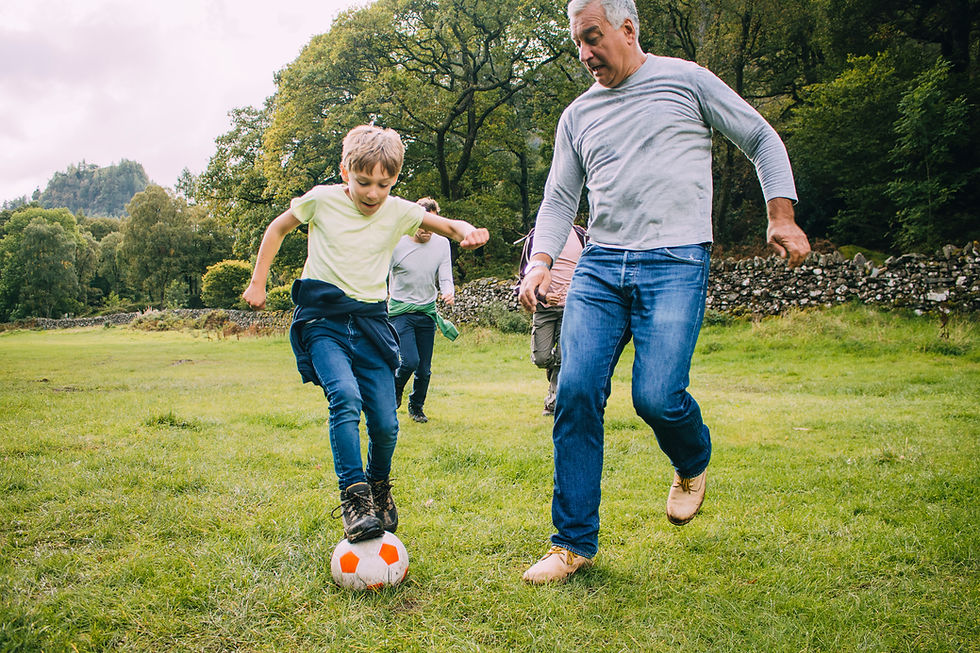The Battle Against Poor Sleep
- Julie Manley

- May 14, 2017
- 2 min read
Lauryn is doing her thesis on sleep disturbances and exercise. She has written up a blog to share some starting tips with us. Of course, if you have been working on your sleep patterns with a professional already, keep up with their suggestions.

Sleep disturbance in one of the most universal complaints in clinic, spanning across all age groups and injuries. Thankfully, there are many non-pharmacological approaches to improve sleep, all of which include aspects of good sleep hygiene. Sleep hygiene practices include:
Limiting daytime naps to 30 minutes. A nap does not make up for an inadequate nighttime sleep, but naps spanning 20-30 minutes can help improve mood, alertness and performance.
Avoiding stimulants such as caffeine and nicotine close to bedtime.
Steering clear of foods that can be disruptive right before sleep. This can include heavy or rich food, fatty or fried meals, spicy dishes, citrus fruits and carbonated drinks – all of which can trigger indigestion for some people.
Ensuring adequate exposure to natural light. Exposure to sunlight during the day and darkness at night helps to maintain a healthy sleep-wake cycle.
Establishing a regular relaxing bedtime routine that you follow every night. This helps the body recognize that it is bedtime. A good basic outline is the 3-2-1 bedtime rules, with your own personal touch thrown in, like changing into PJs or taking a shower. The 3-2-1 rules are as follows:
3 hours before bed – no more food or alcohol
2 hours before bed – no more work
1 hour before bed – no more screen time
Exercising to promote good quality sleep.
In the general population, perhaps no other daytime behaviour has been associated with better night-time sleep than exercise. Exercise has been shown to improve sleep quality and increases sleep duration, as well as reduces stress.
Exercise intensity, type of exercise and the timing in relation to sleep are important contributing factors to the sleep response. Here are some points that you should know:
Time: Time of your exercise in relation to bedtime – 5-6 hours before is best, and no closer than 3 hours. You want it close enough stimulate the thermoregulatory response but not too close to sleep to have an alerting or disruptive effect.
Environment: Exercise outdoors gives you even more benefits by increasing exposure to sunlight.
Duration: In the research, the best results are seen after exercise lasting 1 hour in duration. However, as little as 10 minutes of aerobic exercise has been shown to improve sleep quality. In other words – get moving. Anything is better than nothing.
Type: Aerobic or resistance? Either. Studies have shown that both have positive effects on sleep so pick activities that you’ll enjoy.
Frequency: Daily exercise is best if you’re working at low to moderate intensities. However, if you tend to train at chronically high levels, ensure you don’t over-train which can negatively affect sleep.
Lastly, don’t give up or get frustrated if you’re not seeing changes in your sleep immediately. These things can take time. Try to incorporate other aspects of sleep hygiene into your routine to make it a more successful change. Having trouble figuring out an exercise regimen that is safe and effective for you? Ask your local physiotherapist or exercise specialist.
Happy sleeping!




Comments